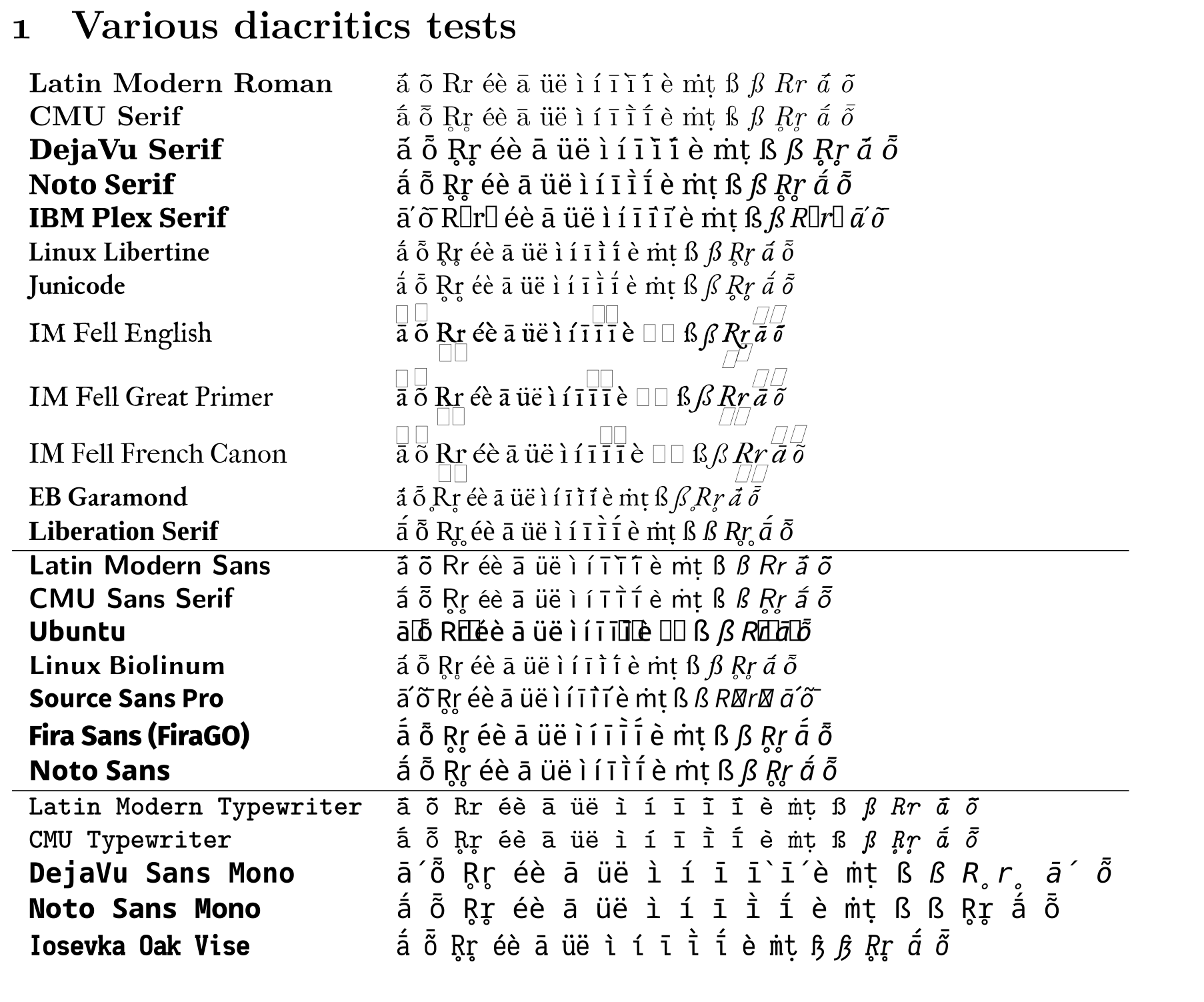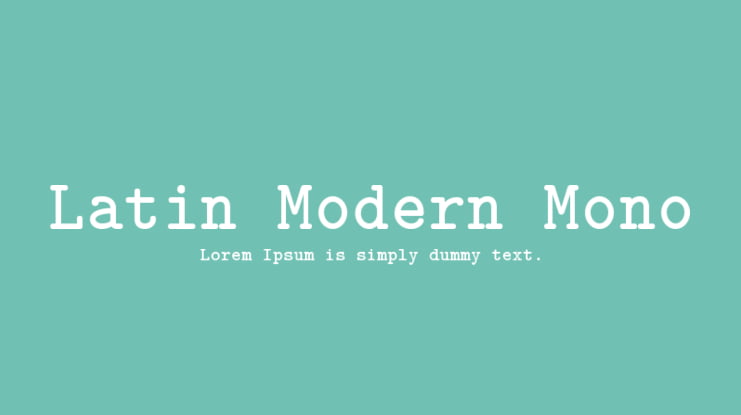
Known at first as Tierra Firme (a phrase applied to the isthmus of Panama), it is believed to be part of the coast of Asia - until Vespucci's furthest journey south gives him a different impression, which becomes gradually accepted.ĭuring the first decade of the century the only secure Spanish settlement in the new world is Santo Domingo, on the island of Hispaniola, established in 1496 by Diego Columbus, brother of the explorer. By 1506 the entire continental shore of the Caribbean Sea has been explored from Honduras to the mouth of the Orinoco. The half century after Columbus's voyage sees a frenzy of activity in the new world (part exploration, part conquest, part colonization) as the Spanish scramble and struggle to make the most of their unexpected new opportunities. When he returned the following year, he found that the colonists had been massacred by natives. With no room for the stranded sailors, Columbus was forced to found the La Navidad (“Christmas”), first European settlement in the New World. On the night of December 24-25, 1492, Christopher Columbus flagship, the Santa Marнa, ran aground off the northern coast of the island of Hispaniola and had to be abandoned.


La Navidad: First European Settlement in the Americas So Latin America comes into use, at a time when almost all regions south of the USA speak Spanish or Portuguese (Latin-based romance languages) and are Roman Catholic - while the north of the continent is largely Anglo-Saxon and Protestant. Spanish or Hispanic America is therefore inadequate. But the exception is too large to overlook - mighty Brazil, belonging in colonial history to Portugal. The region consists, with just one exception, of those parts of the American continent colonized by the Spanish. The term Latin America, first used in the 19th century, is something of a compromise.

The story of the continent becomes divided into distinct parts - Latin America and North America. The two Atlantic seaboard countries of southern Europe concentrate on the southern part of the newly found continent, while their three European neighbours to the north struggle between themselves to dominate north America. Spanish and Portuguese colonists and administrators, settling in central and south America during the 16th century, are soon followed by the French, Dutch and English staking a claim to north America. Latin America's struggle for Independence. Spanish and Portugal colonial administrations. LECTURE 3: THE MODERN HISTORY OF LATIN AMERICA Latin America between 16th - 20th century.


 0 kommentar(er)
0 kommentar(er)
